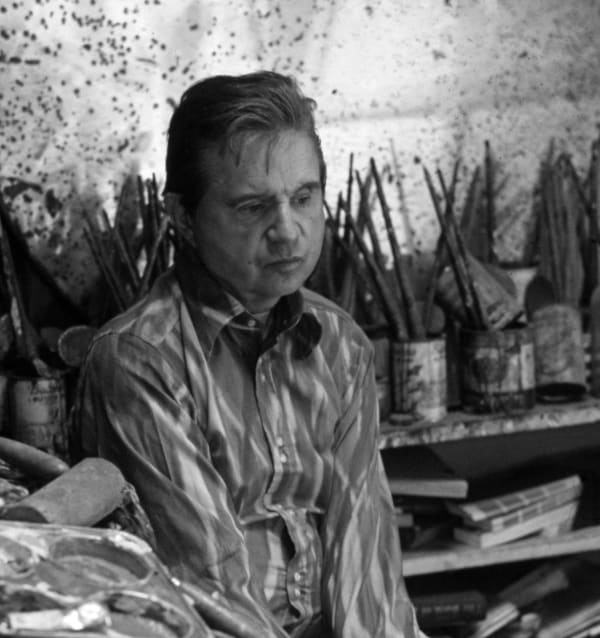-

POPE,c. 1953
Oil on canvas, 152.3 x 94 cm
©The Estate of Francis Bacon, Image reproduced for educational purposes.
-
If I didn’t have to live, I’d never let any of it out.
- Francis Bacon
Francis Bacon’s Popes are among the most recognisable and unsettling images in modern art. Across countless variations, he reimagined the authority of Velázquez’s Portrait of Pope Innocent X as something fragile and human. The papal figure, once a symbol of divine power, becomes a man imprisoned within his own grandeur, screaming, dissolving, or vanishing into streaks of colour. Bacon’s fascination with the image lay in its contradictions: control and collapse, faith and doubt, flesh and spirit.



